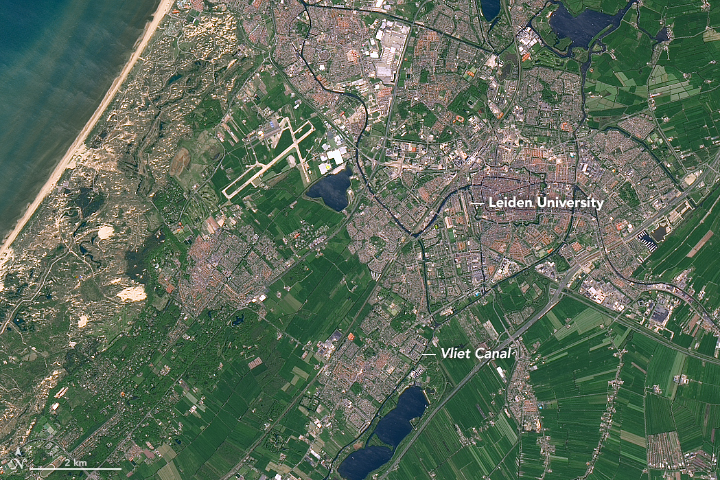


Most school children in America learn about the Pilgrims—the group of English settlers who endured a harrowing journey to the New World in 1620 on the Mayflower. It is sometimes overlooked, however, that Plymouth was not the first stop for this congregation of religious separatists from the town of Scrooby in the English county of Nottinghamshire.
Before ever setting foot in North America, the Pilgrims spent several years living in Holland. Led by William Brewster and John Robinson, the group initially fled to Amsterdam in 1608 to escape religious persecution for holding clandestine services that were not sanctioned by the Church of England. The Pilgrims were religious nonconformists—Calvinist dissidents who disliked the hierarchical authority of the Anglican Church and sought a more democratic and direct religious experience. Life in Amsterdam offered the group the freedom to worship as they liked, but there the congregation quickly became embroiled in theological disputes and scandals with other separatists. This prompted many from the Scrooby congregation to move on to Leiden.
On May 8, 2016, the Operational Land Imager (OLI) on the Landsat 8 satellite captured this image of modern-day Leiden. About 345,000 people live in Leiden now. When Robinson and Brewster’s flock arrived, the population was 40,000. Most of the hundred or so people in the Pilgrim congregation lived in one-room cottages near Leiden University, in the shadow of the Pieterskerk, the oldest church in the city. People cobbled together whatever work they could—about half of the congregation took jobs as textile workers, the leading industry in Leiden at the time. Others were carpenters, soldiers, teachers, pipe makers, and hat makers.
The University of Leiden proved an ally. It allowed the congregation to use one of its chapels to hold services, and some of the Pilgrims enrolled and attended occasional lectures in theology, medicine, and other topics.
Still, about a decade after they had arrived, the congregation decided it was time to move once again. Tough economic conditions in Leiden meant few new recruits from England were willing to join them; Dutch culture was perceived to be a bad influence on the children; and there was a looming possibility that Holland would go to war with Spain, a leading Catholic power.
Leiden was a city of many canals, so when the Scrooby pilgrims were ready to leave in July 1620, they boarded several small boats on the Rapenburg canal (near the university). This narrow canal fed into the larger Vliet canal, which flows from Leiden toward Delft. After continuing toward Delfshaven and staying there for a night, the group boarded the Speedwell, a 60-ton vessel capable of trans-Atlantic voyages. They charted a course to Southampton, in southern England, and met up with the Mayflower. Both ships were supposed to sail to the New World together, but the Speedwell was found to be taking on water and returned to port.
While there continues to be debate among historians about the circumstances and influences that led to the first Thanksgiving, there is evidence that the roots of the tradition might be traced back to Leiden. During their time in the city, the Pilgrims would have experienced a celebratory thanksgiving service and festival that was held each year on October 3 to mark the 1574 end of the Spanish siege of the city.
NASA Earth Observatory images by Joshua Stevens, using Landsat data from the U.S. Geological Survey. Story by Adam Voiland.